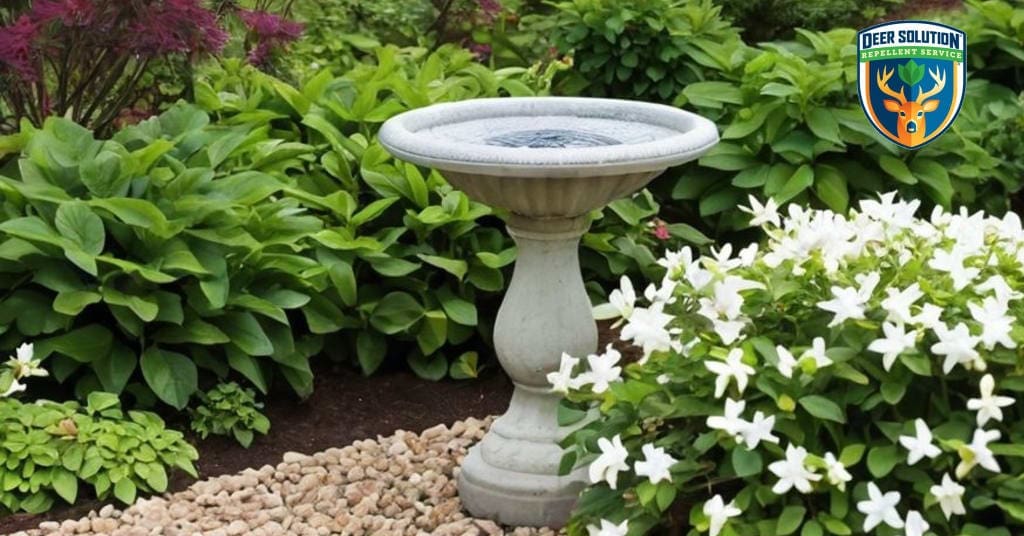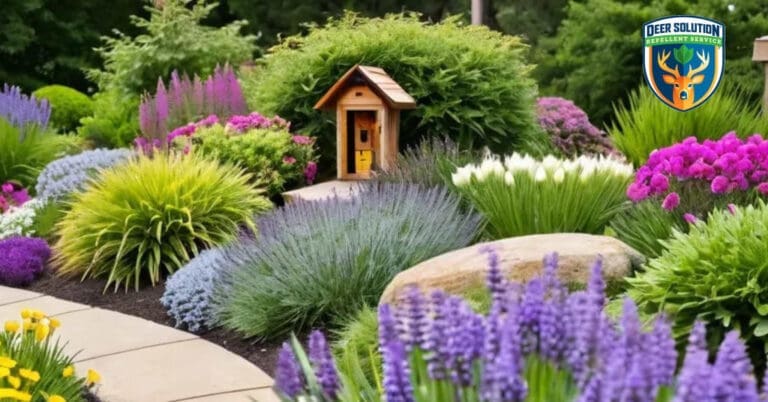In the world of gardening, selecting the right plants for your landscape is key to creating a thriving and resilient environment. Among the choices available, dwarf mondo grasses stand out not just for their aesthetic appeal, but also for their resilience to common garden pests like deer. But how do these grasses fit into different gardening contexts, and what makes them a valuable addition to your landscape? This article explores the unique role of dwarf mondo grasses, their ecological contributions, and their adaptability in deer-prone areas.
The Cultural Significance of Dwarf Mondo Grasses in Japanese and Asian Gardens
Dwarf mondo grasses (Ophiopogon japonicus ‘Nana’) have long been a staple in traditional Japanese and Asian gardens, where they are valued for their ability to create a serene and harmonious landscape. Often used in Zen gardens, these grasses contribute to the overall aesthetic by providing a lush, green ground cover that contrasts beautifully with rocks, water features, and carefully pruned trees and shrubs.
In these cultural contexts, dwarf mondo grasses are more than just a visual element—they embody principles of simplicity and natural beauty. Their dense, tufted growth creates a sense of calm and order, which is central to the philosophy behind Zen gardens. In areas where these traditional garden styles are popular, understanding how to manage deer interactions with these grasses is crucial to maintaining their cultural and aesthetic significance.
Dwarf Mondo Grasses and Biodiversity: Supporting Microfauna in Your Garden
Beyond their visual appeal, dwarf mondo grasses play an important role in supporting garden biodiversity, particularly by providing habitat for microfauna such as soil-dwelling insects, spiders, and small amphibians. These organisms contribute significantly to soil health by breaking down organic matter, aerating the soil, and controlling pest populations.
Healthy microfauna populations enhance the resilience of your garden, making plants like dwarf mondo grasses more robust against environmental stresses, including occasional deer browsing. By fostering a rich soil ecosystem, these grasses indirectly influence deer behavior by maintaining plant vitality and reducing the likelihood of severe damage. This ecological balance is a testament to the integral role that dwarf mondo grasses can play in a sustainable garden.
Regional Variations: Dwarf Mondo Grasses in Urban vs. Rural Settings
The interaction between deer and dwarf mondo grasses can vary significantly depending on whether you are gardening in an urban or rural environment. In rural areas, where deer populations are typically higher and food sources more abundant, dwarf mondo grasses may be less likely to attract deer. These grasses are often surrounded by a variety of other vegetation, which can distract deer and reduce browsing pressure on any one plant.
In contrast, urban gardens might present a different challenge. Although deer populations are generally lower in urban areas, those that do venture into city gardens can be more desperate for food due to limited options. This scarcity can make even less palatable plants like dwarf mondo grasses a target. Understanding these regional differences can help you better anticipate and manage deer interactions with your garden.
Resiliency Strategies: How Dwarf Mondo Grasses Adapt to Deer Pressure
Dwarf mondo grasses are known for their durability and ability to recover from occasional deer browsing. Several physiological traits contribute to this resilience. For example, their low-growing, dense clumps are difficult for deer to graze extensively, and their tough, fibrous leaves are less appealing than the tender shoots of other plants. Additionally, dwarf mondo grasses have a strong root system that helps them quickly regenerate any damaged foliage.
This adaptability makes dwarf mondo grasses a sustainable choice for gardeners in deer-prone areas. Their ability to withstand and recover from browsing ensures that they remain a consistent and attractive feature in the landscape, even in the face of occasional deer activity. By understanding these resiliency strategies, gardeners can make informed decisions about how to incorporate dwarf mondo grasses into their landscapes effectively.
Integrating Dwarf Mondo Grasses into Modern Sustainable Landscaping
In today’s gardening world, sustainability is a growing priority, and dwarf mondo grasses fit seamlessly into this approach. These grasses not only enhance the aesthetic and ecological value of a garden but also contribute to a more resilient and self-sustaining landscape. Their ability to support biodiversity, adapt to different environments, and recover from deer browsing makes them an ideal choice for gardeners looking to create a sustainable and deer-resistant garden.
By choosing dwarf mondo grasses, you’re not just planting for beauty—you’re investing in a landscape that will thrive for years to come. For tailored advice on how to integrate these resilient grasses into your garden, consider consulting Deer Solution. With their expertise in eco-friendly garden management, Deer Solution can help you design and maintain a landscape that aligns with your sustainability goals and withstands the challenges posed by local wildlife.












